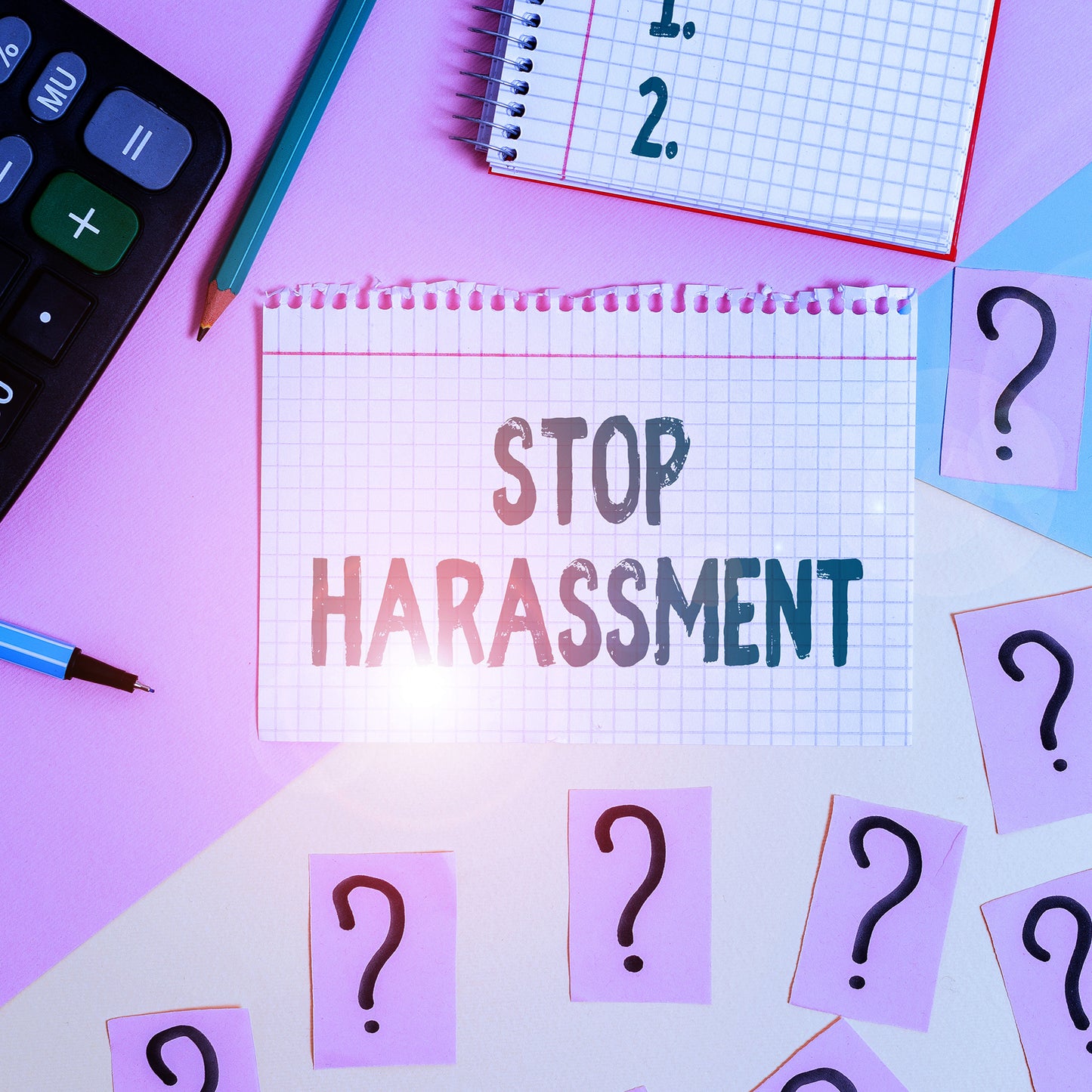octopus-business-solutions
Bullying and Harassment Pack
Bullying and Harassment Pack
✅ Full compliance to UK Employment Laws guaranteed
✅ Expertly written by Employment Law specialists (MSc HRM & CIPD Level 7 MCIPD)
✅ Easy to read and understand - no "legalese"
✅ No monthly fees, just buy and use
✅ Bullying & Harassment Policy
✅ Factsheet
✅ Record of Conversation form
✅ Mediation Meeting form
✅ Bullying & Harassment Process flowchart
Couldn't load pickup availability

Bullying and Harassment
A comprehensive bullying & harassment procedure provides a clear framework for dealing with any inappropriate behaviour that creates an intimidating or degrading environment for any employee
This procedure is vital to ensure every employee is treated with dignity and respect, and that issues are dealt with fairly, reasonably, and consistently throughout the company. It also ensures that your company will be fully compliant with UK employment law and help to avoid costly and time-consuming tribunal cases
Why is this important?
Most people spend a large portion of their lives at work, so the quality of the working environment and relationships between employees at work has a significant impact on wellbeing. Bullying or harassment in the workplace can seriously harm employees and the company, leading to higher levels of anxiety, burnout, depression and reduced self-esteem, and detrimentally effects job satisfaction, performance, and employee retention
A recent CIPD & ACAS survey found that 33% of workers have experienced some form of interpersonal conflict (either an isolated dispute or ongoing difficult relationship) over the past year and 15% report being bullied over the past three years, with over 50% of employees that experienced conflict having suffered anxiety, stress, or depression as a result. The cost to the company of workplace conflict includes:
Lost management time spent dealing with the conflictReduced efficiency & productivity, leading to lower profitabilityIncreased sickness absenceHigher levels of employee turnover and associated recruitment costsThe financial burden (and impact on the company’s reputation in the local market) from costly tribunal claims for constructive dismissal and discrimination
The Equality Act (2010) protects individuals from harassment while applying for a job, all throughout their employment, and even after the working relationship has ended (for example, in connection with the provision of a reference)
Although there is no legal definition of bullying, or single piece of legislation which addresses workplace bullying, behaviour that may be seen as bullying could lead to claims against the company under:
The Employment Rights Act (1996)The Health and Safety at Work Act (1974)‘Whistleblower’ protection (the Public Interest Disclosure Act 1998)The Human Rights Act (1998)
There were 117,926 Employment Tribunal claims in 2021 with constructive unfair dismissal (where the employee claims that the working environment was so bad they had to resign) and discrimination amongst the most common complaints, and 85% of claims found or settled in favour of the claimant
Legal costs to defend a straightforward tribunal claim are on average £9,000 plus the time taken away from the business for the defendant/company owners. Complex cases that include discrimination allegations increase those legal fees to an average of £24,000.
The current maximum compensatory award for constructive unfair dismissal is £93,878 (with the minimum award for some types of unfair dismissals set at £6,959) PLUS a basic award of up to £17,130
Compensation for a successful discrimination & harassment claim (which could be brought pre, during, or up to 3 months post-employment) is unlimited and could be the result of a single ‘one off’ incident or comment made. Some recent examples of cases are:
A successful claim for age discrimination on the basis of a single remark made to a 50-year-old employee of ‘you are not 25 anymore’
A successful harassment claim based on race from an Irish born employee who was compared to people appearing on the tv show ‘My Big Fat Gypsy wedding’
A successful sexual harassment claim where the employee complained about colleagues downloading sexually explicit images whilst she was on shift with them
It is also important to remember that harassment can occur when a company makes decisions that may disproportionally affect people with a ‘protected characteristic’. For example, a Tribunal Case in March 2022 was brought by a teacher who had returned to work after her maternity leave and was continuing to breastfeed. She was told she would not be allowed use a private room at the school to breastfeed but must do that either in the car park or the toilets instead. The teacher made a claim for harassment related to her sex and won the claim, as the tribunal found that there was harassment because of the unwanted conduct of forcing her to express milk in the toilet or car park which had the effect of creating a degrading or humiliating environment
Decisions made by a company that appear sound and based on ‘common sense’ can also lead to claims of ‘indirect discrimination’, for example advertising a vacancy and stipulating that applicants must have 10 years’ experience in a similar role (or have held a professional certification such as a driving licence for 10 years etc) could lead to claims of indirect discrimination on the basis of age because, although no one-person has been singled out to be discriminated against, that stipulation discriminates against younger people in general as they would not be able to accrue the required time period of experience/qualification if under the age of 27 etc
This pack will ensure that your company operates a robust bullying & harassment procedure to provide proactive early intervention focused on repairing relationships and avoiding serious legal or social costs to the company
You can see an example of why this is important in our Bullying and Harassment HR Case Study

